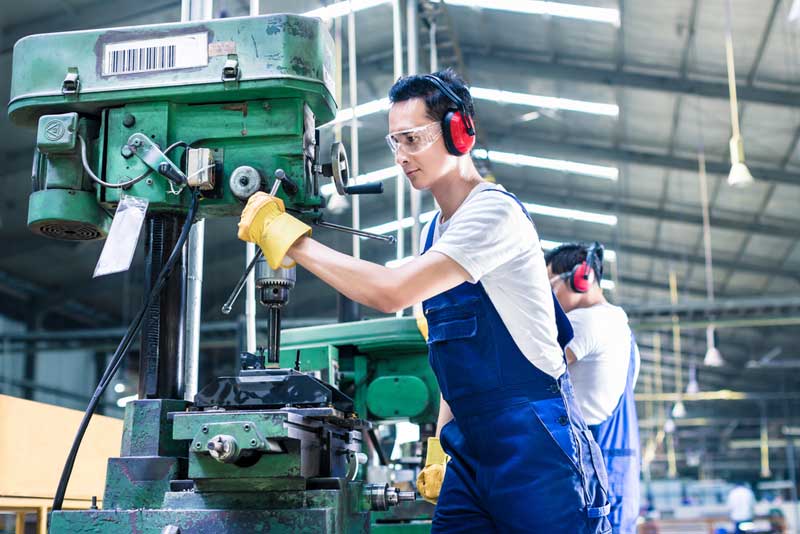When installing hydraulic gas springs, it is essential to follow certain precautions to ensure their proper function and longevity. These guidelines provide best practices for installation, maintenance, and safety.

- Installation Orientation
The piston rod of the gas spring must be installed facing downward. Inverting the gas spring can lead to increased friction, reducing the damping quality and compromising the buffering performance. Proper orientation ensures the spring operates smoothly and maintains its durability.
- Determining the Pivot Point
The positioning of the pivot point is critical for the hydraulic gas spring to work effectively. It is important to ensure the gas spring crosses the structural centerline when closed. If the spring is incorrectly positioned, it may continuously push the door open, leading to improper operation.
- Avoid Lateral or Inclined Forces
The hydraulic gas spring should not be subjected to lateral forces or tilting during its operation. It is designed for axial forces only. Additionally, the spring must not be used as a support handle, as this could cause damage or malfunction.
- Surface Protection of the Piston Rod
To ensure the reliability of the sealing components, the surface of the piston rod must not be damaged. Applying paint, chemicals, or any foreign substances on the piston rod is strictly prohibited. Moreover, hydraulic gas springs should not be installed first and then painted or coated, as this can damage the sealing and surface quality, leading to leakage or malfunction.
- Handling and Safety Precautions
Hydraulic gas springs are high-pressure devices. Under no circumstances should they be disassembled, exposed to fire, or subjected to heavy impacts. Mishandling the gas spring could result in serious damage or injury.
- Rotational Adjustment of the Piston Rod
The piston rod must not be rotated to the left during installation or use. If adjustments are required to the joint, only rotate the rod to the right. Leftward rotation can lead to loosening and potential damage to the internal mechanisms.
- Operating Temperature
The optimal operating temperature range for hydraulic gas springs is -35°C to +70°C. For specific manufacturing requirements, springs can be designed to operate at temperatures up to 80°C. Using the gas spring outside of this temperature range may lead to failure or reduced performance.
- Installation Points
Ensure that the connection points for the gas spring are flexible and allow free movement. There should be no jamming or obstruction at any of the pivot points. Any resistance can lead to abnormal wear or stress, reducing the lifespan of the gas spring.
- Additional Technical Details
Hydraulic gas springs are integral in providing controlled motion and precise positioning in various applications such as automotive hoods, industrial machinery, and furniture. These springs contain compressed gas, usually nitrogen, which provides consistent force throughout the stroke. The hydraulic oil inside the spring acts as a damping medium, ensuring smooth motion and preventing abrupt movements.
Proper installation and adherence to the guidelines above will optimize the performance of the hydraulic gas spring and ensure a longer service life. For any specific adjustments or operational challenges, consulting with the manufacturer is recommended to maintain the integrity of the device.

